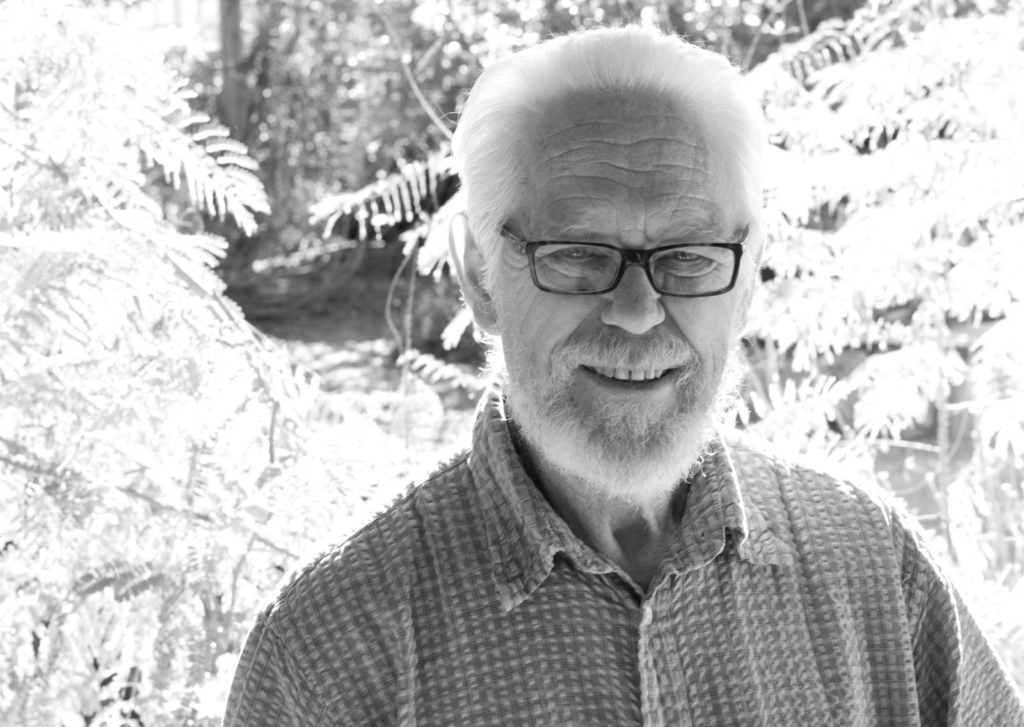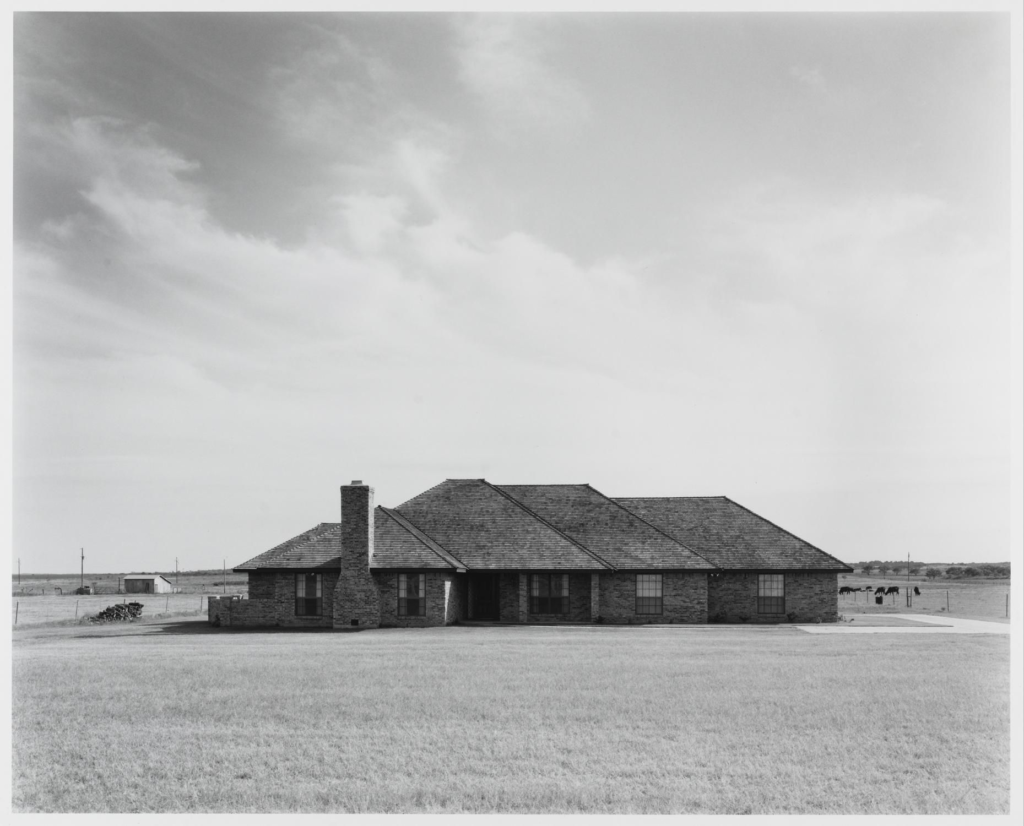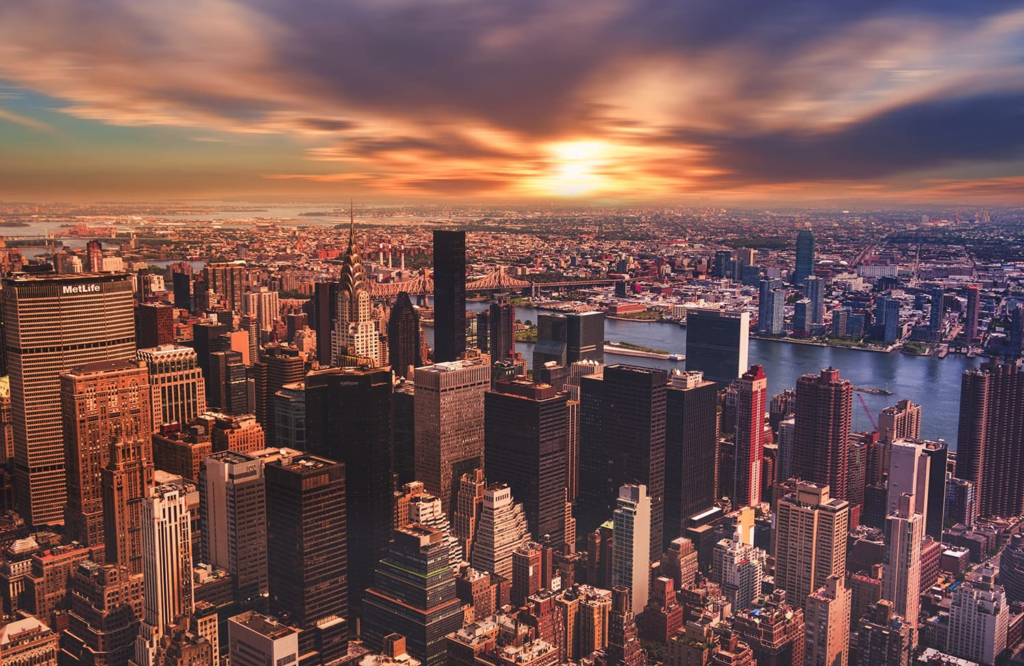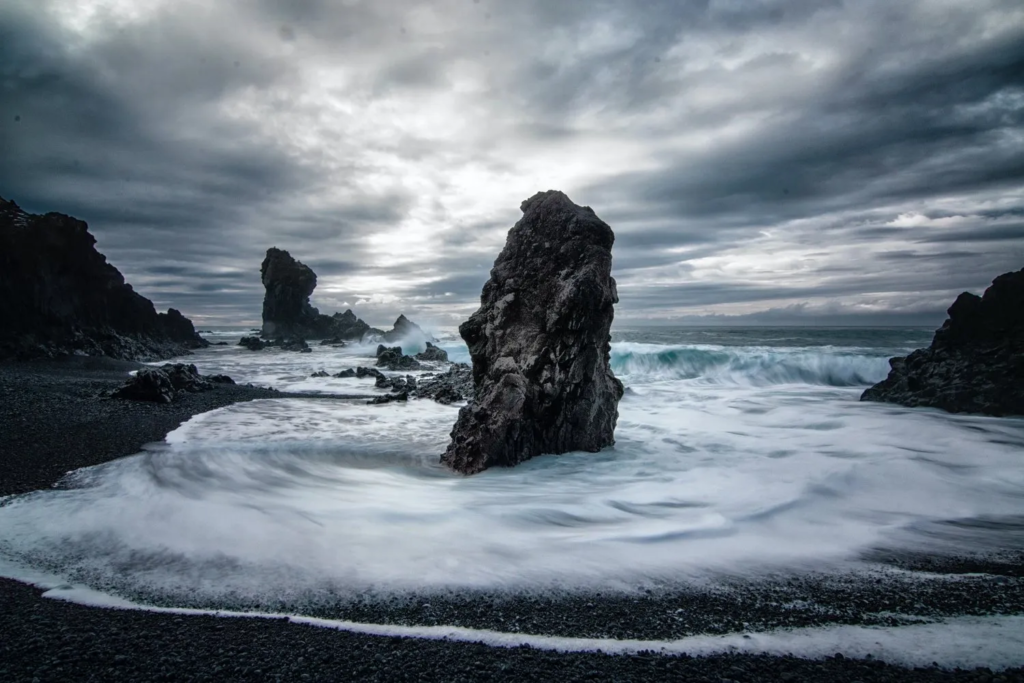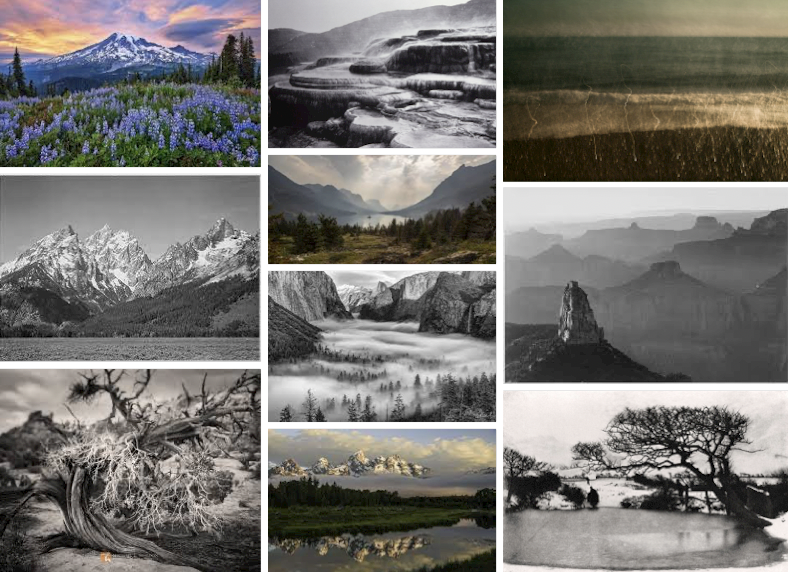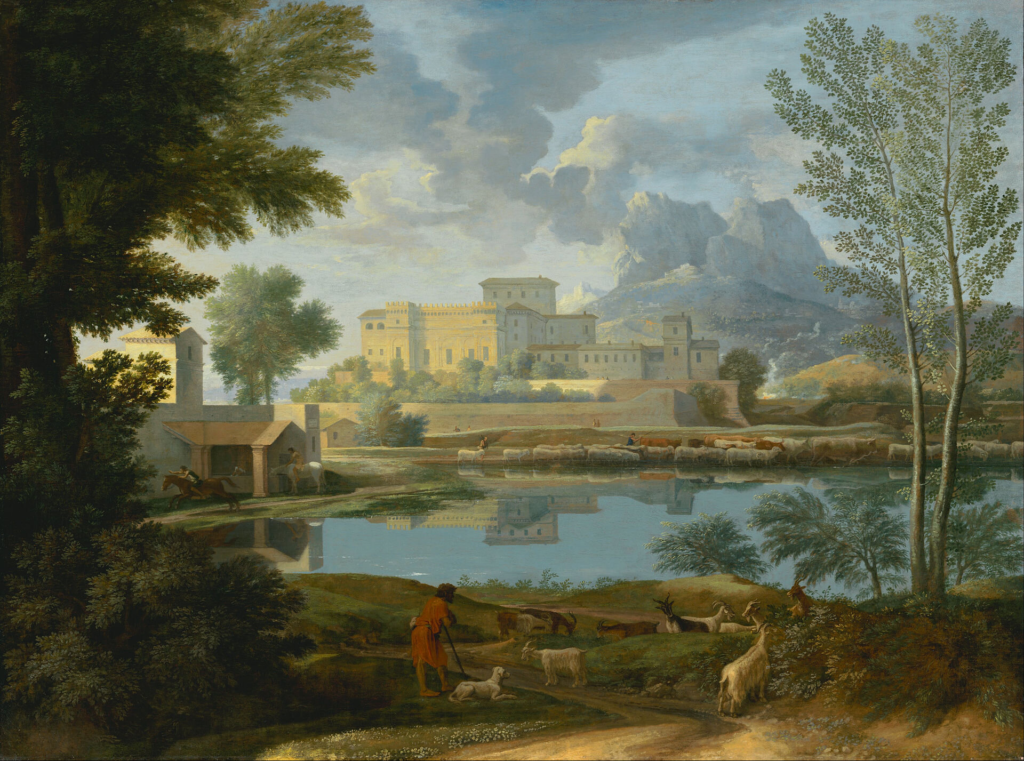What is The New Topographics?
The New Topographics was a photography exhibition that took place in 1975 at the George Eastman House in Rochester, New York. The exhibition featured the work of a group of photographers who shared a common interest in depicting the built environment in a detached, objective manner. The photographers eschewed the traditional approach to landscape photography, which often emphasized the natural beauty of the landscape, in favor of focusing on man-made structures and the impact of humans on the environment. The New Topographics movement is seen as a reaction against the romanticism of traditional landscape photography and a reflection of the changing American landscape in the mid-20th century. The exhibition marked a significant shift in the field of photography and has had a lasting influence on contemporary photography.
What was the ‘New Topographics’ a reaction to?
The New Topographics was a reaction against the romanticism and idealization of the American landscape in traditional landscape photography. The movement emerged in the 1970s as a response to the prevailing aesthetics of landscape photography, which often depicted untouched, pristine natural landscapes in a nostalgic and romanticized manner. The New Topographics photographers, on the other hand, focused on the mundane and often overlooked aspects of the built environment, showcasing structures, urban sprawl, and everyday scenes devoid of sentimentality or grandeur. They sought to capture a more objective and unadorned view of the American landscape, reflecting the changing societal attitudes towards the environment and urban development. Ultimately, the New Topographics movement challenged traditional notions of landscape photography and emphasized a more critical and detached approach to representing the world around us.
What is rural landscape photography?
Rural landscapes photography is a genre of photography that focuses on capturing the natural beauty and features of rural areas, typically outside of urban or developed regions. Photographers who specialize in rural landscape photography seek to showcase the serenity, simplicity, and unique characteristics of countryside environments.
In rural landscape photography, photographers often explore and document a wide range of subjects, including vast agricultural fields, rolling hills, meadows, forests, rivers, lakes, farmhouses, barns, fences, and other elements that are commonly found in rural settings. These photographers may also pay attention to the changing seasons and natural light conditions to enhance the visual impact of their images.
Rural landscape photography can evoke a sense of nostalgia, tranquility, and connection to nature. It allows viewers to appreciate the beauty and authenticity of rural life and landscapes, providing a contrast to the fast-paced and often hectic pace of urban living.
Photographers may use various techniques and equipment to capture rural landscapes effectively, such as using wide-angle lenses to capture sweeping vistas, long-exposure techniques to create a sense of movement in water or clouds, and HDR (High Dynamic Range) processing to enhance details in high-contrast scenes.
Overall, rural landscape photography offers a unique and captivating way to showcase the natural beauty of rural areas and celebrate the charm and simplicity of countryside environments. It allows photographers to explore and appreciate the quiet beauty and unspoiled landscapes that can be found outside of bustling urban centers.
What is the difference between bucolic and pastoral?
The terms “bucolic” and “pastoral” are often used interchangeably to describe rural or countryside settings, but they have subtle differences in their meanings.
Bucolic typically refers to a picturesque or idealized representation of rural life, often emphasizing its simplicity, charm, and tranquility. It evokes a sense of pastoral beauty and serenity, portraying rustic scenes that are idyllic and peaceful. Bucolic scenes may feature lush meadows, rolling hills, grazing livestock, quaint farmhouses, and other elements that evoke a sense of pastoral harmony and contentment.
On the other hand, pastoral refers to a broader literary or artistic tradition that idealizes rural life and nature. It often incorporates themes of shepherds or rural characters living harmoniously with the natural world. Pastoral works may include themes of love, nature, and the human connection to the land, portraying an idealized vision of countryside life.
In essence, bucolic tends to focus more on the visual and aesthetic aspects of rural landscapes, emphasizing their beauty and tranquility. Pastoral, on the other hand, encompasses a broader artistic tradition that explores the deeper themes and philosophies associated with rural life and nature.
Overall, both bucolic and pastoral convey a sense of appreciation and reverence for the countryside, rural landscapes, and the simplicity and beauty of life outside of urban settings. They evoke a sense of nostalgia, tranquility, and connection to nature, celebrating the charm and allure of rural environments.








